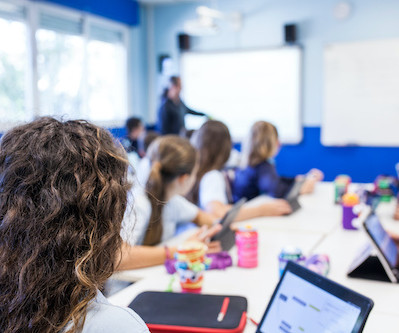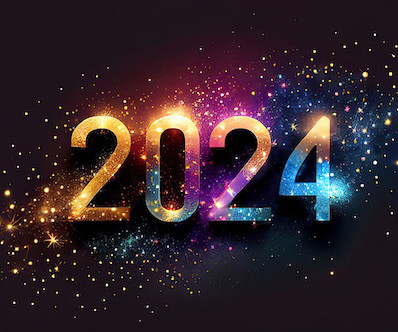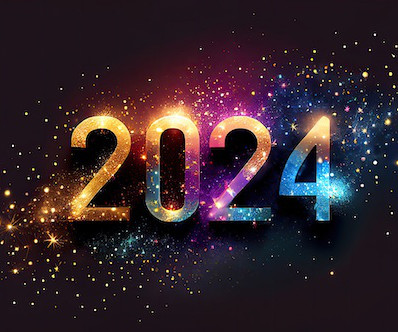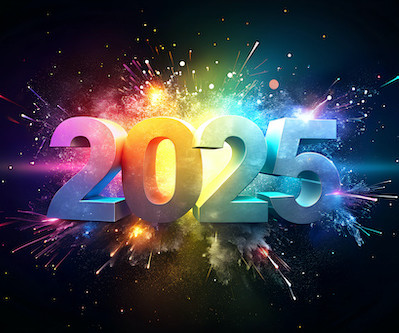Dyslexia: hidden costs and money-saving techniques for districts
eSchool News
MARCH 1, 2018
This should include early identification and intervention services (think kindergarten), teacher training in multi-sensory language approach, and frequent progress reports and assessments to ensure that the services are working. Schools need to develop a three- to five-year plan for students with dyslexia, advises Noland.
















Let's personalize your content